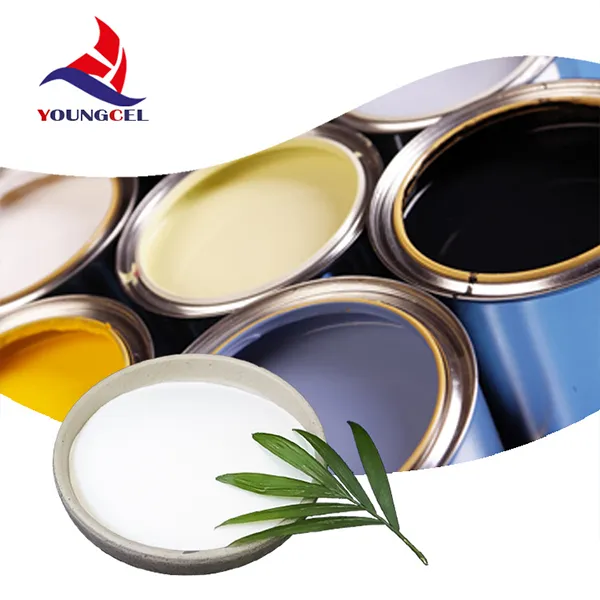The Role of Cellulose Ether in Wall Putty A Comprehensive Overview
Wall putty is an essential material used in the construction and finishing industries. It is primarily employed to provide a smooth and even surface on walls before painting or decorative finishes are applied. Among the various components that make up wall putty, cellulose ether plays a crucial role in determining its performance characteristics. This article delves into the significance of cellulose ether in wall putty, highlighting its benefits, functions, and applications.
What is Cellulose Ether?
Cellulose ether is derived from cellulose, a natural polymer found in the cell walls of plants. It is modified through a chemical process to impart unique properties that enhance its functionality in various applications. In wall putty, cellulose ethers, such as hydroxypropyl methylcellulose (HPMC) and methylcellulose (MC), are commonly used due to their excellent water retention, thickening, and binding properties.
Benefits of Using Cellulose Ether in Wall Putty
1. Enhanced Workability One of the primary benefits of cellulose ether in wall putty is its ability to improve workability. By increasing the viscosity of the mixture, cellulose ethers allow for smoother application on walls. This characteristic is particularly important for achieving an even and uniform surface, minimizing the occurrence of defects such as cracks and uneven textures.
2. Water Retention Cellulose ether significantly enhances the water retention capability of wall putty. This feature is vital during the drying process, as it ensures that the putty remains workable for longer periods, reducing the risk of premature drying. Adequate water retention is also essential for optimal adhesion to the substrate, ensuring that the putty bonds effectively to the wall surface.
cellulose ether for wall putty

3. Adhesion Improvement The addition of cellulose ether contributes to better adhesion properties of wall putty. It helps in forming a strong bond between the putty and various substrates, including cement, concrete, and plaster. This enhanced adhesion is crucial for long-lasting finishes, reducing the likelihood of peeling or delamination over time.
4. Flexibility and Crack Resistance Walls are subject to various stresses and movements due to temperature changes, humidity, and settling. Cellulose ether imparts flexibility to the wall putty, allowing it to withstand minor movements without cracking. This property is particularly beneficial in regions prone to climatic variations, ensuring the durability and longevity of the finish.
5. Improved Aesthetic Qualities The incorporation of cellulose ether enables the production of wall putty with superior aesthetic qualities. It helps in achieving a smoother finish and can enhance the paintability of surfaces, allowing for better coverage and reduced paint consumption during the finishing process.
Applications of Cellulose Ether-Modified Wall Putty
Wall putty enhanced with cellulose ether is widely used in residential, commercial, and industrial applications. It is particularly popular for interior wall surfaces due to its ability to provide a flawless base for painting and other decorative treatments. Additionally, cellulose ether can be found in various formulations tailored for specific environments, such as moisture-resistant putties for bathrooms and kitchens or putties designed for exterior applications.
Conclusion
In conclusion, cellulose ether serves as a vital ingredient in wall putty formulations, enhancing its overall performance and functionality. Its properties contribute to improved workability, water retention, adhesion, flexibility, and aesthetic qualities of wall finishes. As the construction industry continues to evolve, the demand for high-quality materials like cellulose ether-based wall putty will undoubtedly increase, making it a key player in modern construction practices. Whether for new builds or renovations, using cellulose ether in wall putty offers a reliable solution for achieving smooth, durable, and visually appealing surfaces.
-
The Application and Significance of Construction RdpNewsMay.19,2025
-
Industrial Grade HpmcNewsMay.19,2025
-
Building Coating Adhesive Building Coating Adhesive HpmcNewsMay.19,2025
-
Application Of Hpmc For Detergent For Detergent In DetergentsNewsMay.19,2025
-
Application Of Hpmc Cellulose In Cement-Based MaterialsNewsMay.19,2025
-
Application Of High Quality Hpmc For Construction In The Field Of ConstructionNewsMay.19,2025




